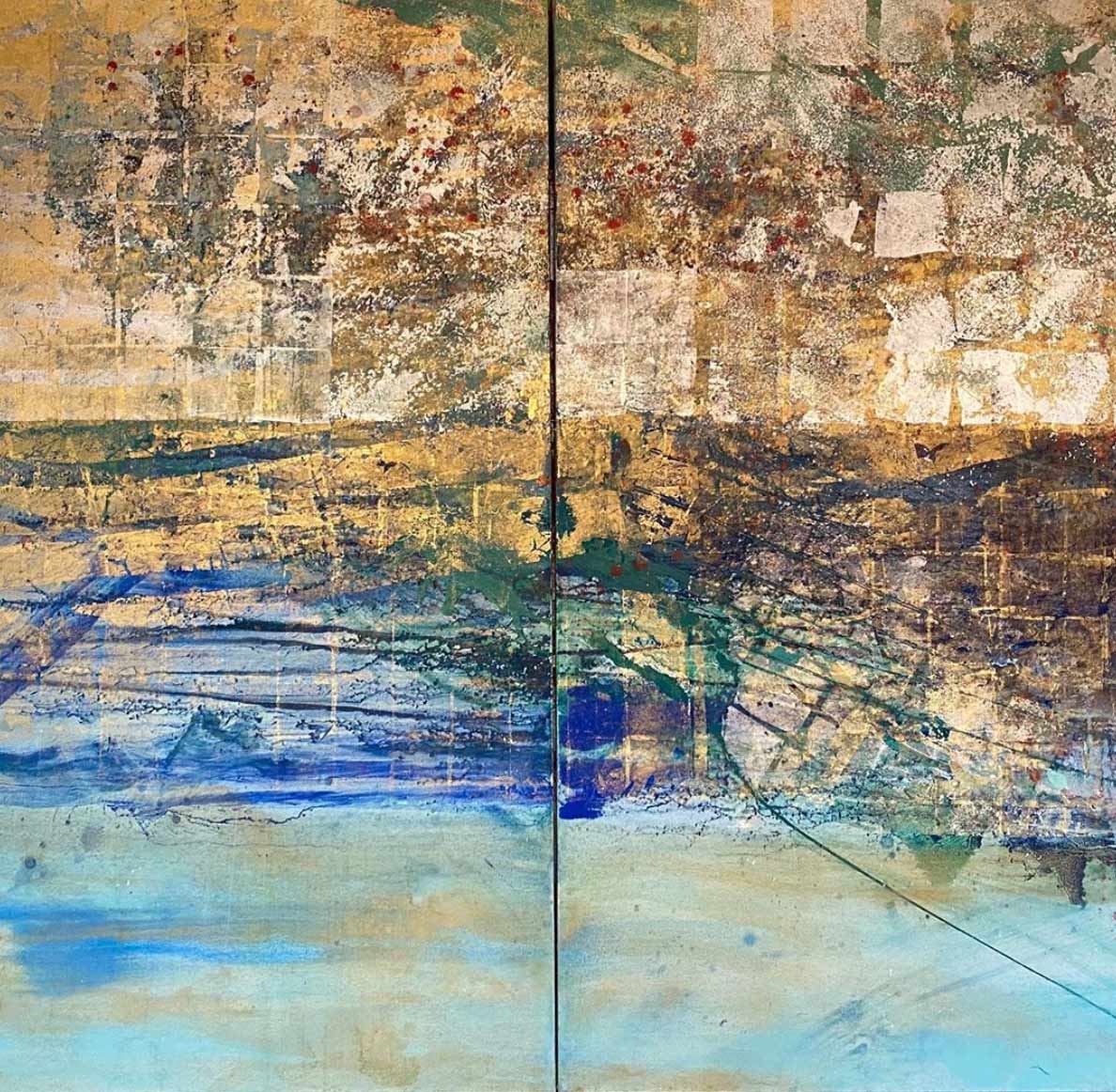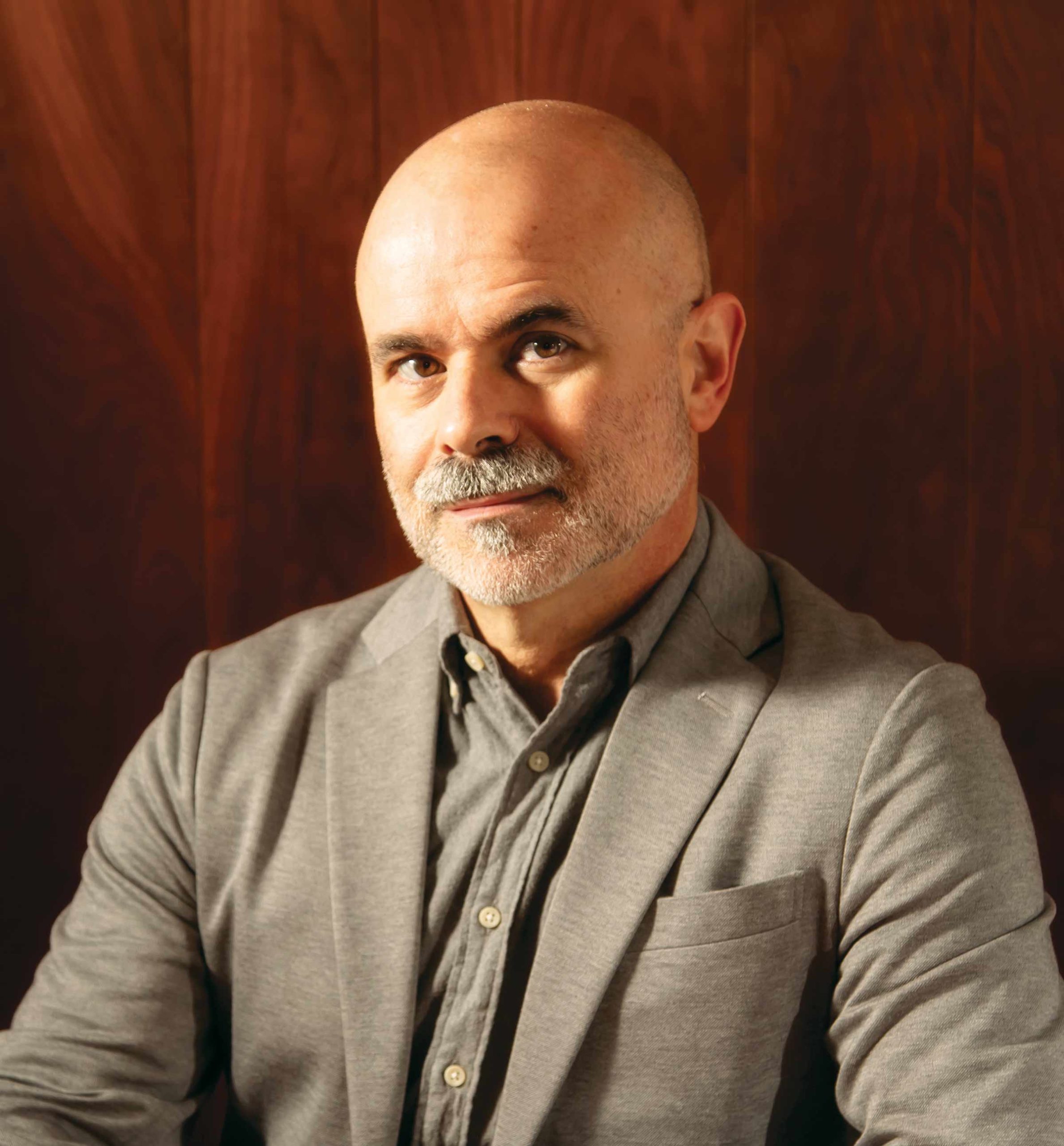

 When the statewide lockdown shuttered the Samek Art Museum because of the COVID-19 outbreak, Director RICHARD RINEHART remembered another tragedy — 9/11. It occurred the day of a grand art opening he’d planned while working at a California museum. Hesitantly, he carried on, doubting many people would attend the evening event. That’s when he learned people crave art during times of fear and isolation. People came for the art because they “didn’t want to be alone,” he says.
When the statewide lockdown shuttered the Samek Art Museum because of the COVID-19 outbreak, Director RICHARD RINEHART remembered another tragedy — 9/11. It occurred the day of a grand art opening he’d planned while working at a California museum. Hesitantly, he carried on, doubting many people would attend the evening event. That’s when he learned people crave art during times of fear and isolation. People came for the art because they “didn’t want to be alone,” he says.


 When the statewide lockdown shuttered the Samek Art Museum because of the COVID-19 outbreak, Director RICHARD RINEHART remembered another tragedy — 9/11. It occurred the day of a grand art opening he’d planned while working at a California museum. Hesitantly, he carried on, doubting many people would attend the evening event. That’s when he learned people crave art during times of fear and isolation. People came for the art because they “didn’t want to be alone,” he says.
When the statewide lockdown shuttered the Samek Art Museum because of the COVID-19 outbreak, Director RICHARD RINEHART remembered another tragedy — 9/11. It occurred the day of a grand art opening he’d planned while working at a California museum. Hesitantly, he carried on, doubting many people would attend the evening event. That’s when he learned people crave art during times of fear and isolation. People came for the art because they “didn’t want to be alone,” he says.
Normally, a museum would hang art on walls, so “wall” is a natural metaphor. Now the Community Art Wall is my favorite thing because it’s all about communal energy. What the art reflects about Bucknell is something pretty rare — social cohesion: Everyone knows everyone. There’s a real sense of coming together at Bucknell, so I wasn’t surprised that it happened right away when I created this opportunity. Right now, [early May] there are about 80 people’s artwork represented. On Market Street, across from the Campus Theatre, we’re also projecting a slide show of the art on the window at night, starting as soon as the sun sets.
We’re going to keep the wall up as long as it’s relevant and helpful, and it could be helpful even in partial lockdown. Maybe the signal that indicates when to take it down will be when we can physically open our galleries again. But the Samek will keep this wall for a long time. It’s a portrait of our community at this moment in time, so it will have long-term value.
Right now, when I’m feeling low, I go to that wall, and I feel renewed. We’re not solving the pandemic — we need scientists to do that — but we need art to get us through.
— As told to Susan Lindt
